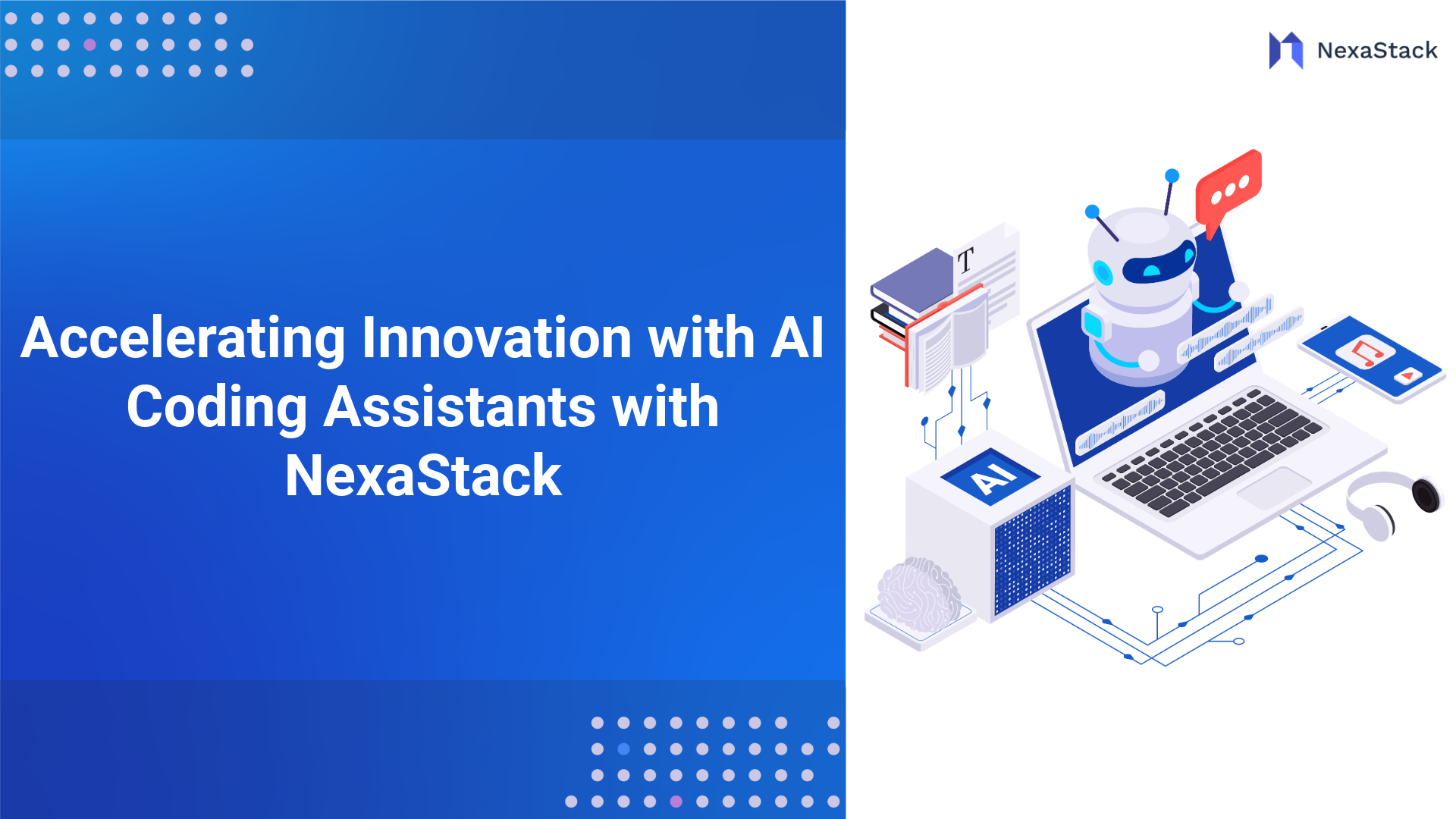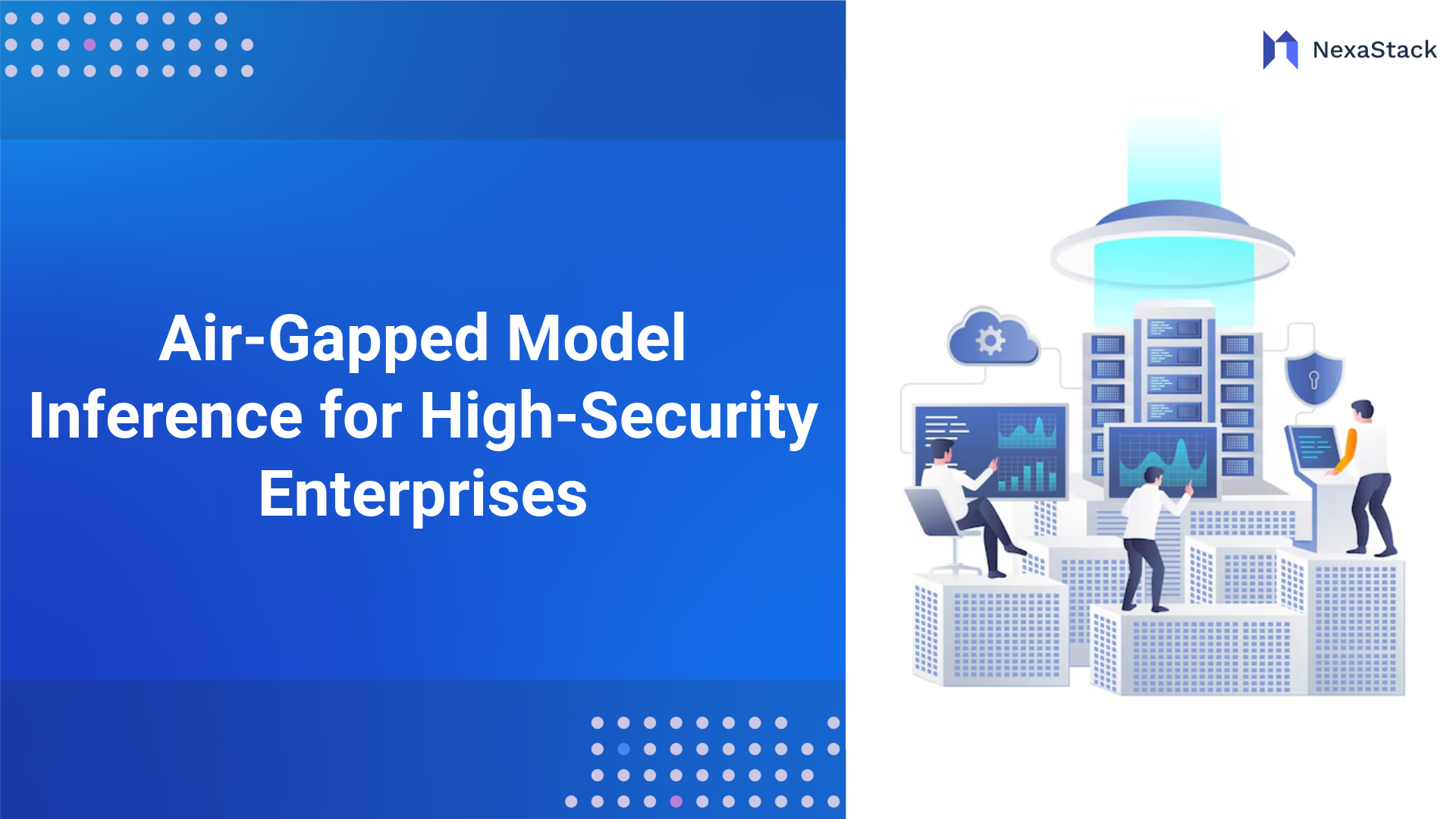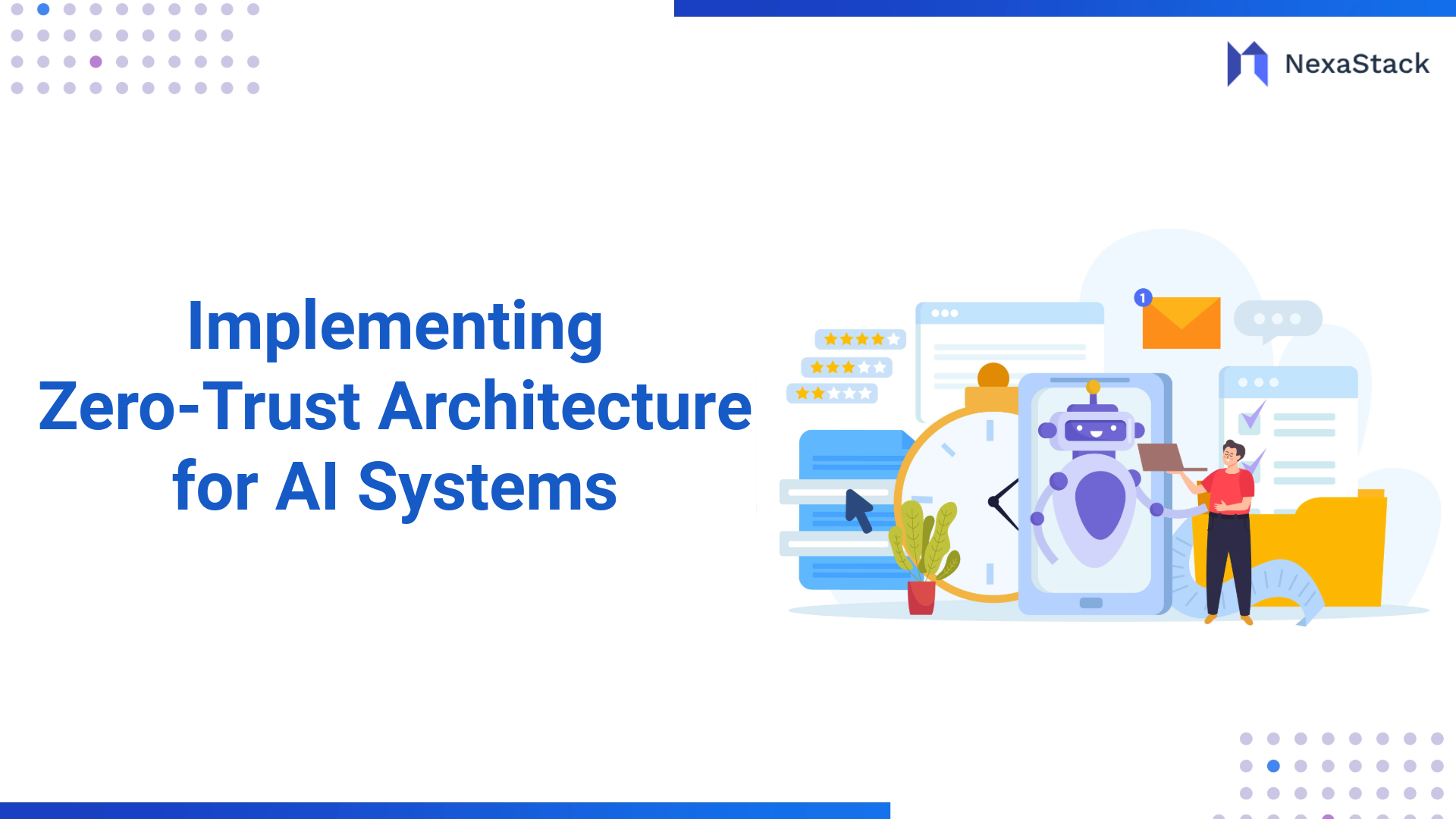Choosing the Right Software Tools for AI Infrastructure
An AI lab's effectiveness and productivity almost depend entirely on the proper configuration of its software environment. Some of the essential considerations include:
Operating System
-
Linux Distributions: The most favoured operating systems for AI labs comply with AI frameworks and libraries.
-
The popular ones in this space are Ubuntu, CentOS, and Rocky Linux.
AI Frameworks and Libraries
-
Deep Learning Frameworks: TensorFlow, PyTorch, and JAX are used more extensively for building and training deep learning models.
-
Machine Learning Libraries: The two bases for classical machine learning are Scikit-learn and XGBoost.
-
Data Handling Libraries: With Pandas, NumPy, and Dask, data manipulation and processing can be performed efficiently.
Containerization and Orchestration
-
Docker: For AI applications, Docker helps install, run, and manage them together with their dependent libraries in a separate, isolated environment.
-
Kubernetes: Orchestration of containerised workloads provides effective scaling and fault-tolerance.
-
Helm Charts: Help in Kubernetes deployment by packaging together an application and associated dependencies.
Monitoring and Observability
-
Prometheus and Grafana are essential for monitoring GPU, memory, and overall system performance. These tools help find bottlenecks for optimal resource utilisation.
Comparing Cloud-Based and On-Prem AI Lab Deployments
To develop your AI lab, you must build an on-premises lab, use cloud resources, or have a hybrid. Each option has its own set of advantages and disadvantages.
On-Premises Setup
Pros:-
Complete control of hardware and data.
-
Reduced costs during long-term utilization.
-
Improved data privacy and security.
-
More initial investment.
-
Its use also implies maintenance and upgrade costs over time.
Cloud AI Lab
Pros:-
Scale and flexibility.
-
Little money upfront.
-
Access to innovative cloud AI facilities (such as AWS SageMaker, Google AI Platform).
-
Higher long-term costs in the end.
-
Cost of egress data and latency problems.
Hybrid Approach
That is the best combination of on-premises hardware and cloud parallelisation. The balanced approach gives you flexibility, scalability, and cost efficiency.
Cost Considerations and Budgeting
Setting up an AI lab is a resource-intensive project that requires a well-thought-out financial strategy. Budgeting properly ensures that your lab has the necessary hardware, software, and infrastructure while avoiding unnecessary overspending. Below is a detailed breakdown of the cost considerations and tips to optimise your spending:
Hardware Costs
Hardware will likely account for most of your budget, especially if you’re building an on-premises lab. Key hardware components include:
Compute Resources:-
GPUs: Since AI training is highly dependent on parallel processing, investing in high-performance GPUs is essential. Expect to allocate a significant portion of your hardware budget here. For instance, depending on the specifications, NVIDIA’s A100, H100, or RTX 6000 Ada GPUs can cost between $5,000 and $30,000 each.
-
CPUs: A powerful CPU with multiple cores, such as AMD Ryzen Threadripper or Intel Xeon processors, will enhance data preprocessing and manage workloads effectively. These can cost between $1,000 and $10,000.
-
TPUs (Optional): If TensorFlow is a key part of your lab’s focus, you might consider cloud-based TPU access, which comes with usage-based pricing.
-
Memory (RAM): AI workloads, especially deep learning, require large amounts of RAM to handle massive datasets. Allocate funds for 128 GB of RAM (from $500 to $1,000) and potentially up to 256 GB or more, depending on your use case.
-
NVMe SSDs and NAS Devices: These fast storage devices will improve data loading times, and prices vary widely based on storage capacity and speed. A high-capacity NAS system can cost $2,000 to $10,000 or more, while NVMe SSDs range from $200 to $1,500.
-
Cloud Storage (Optional): If you choose to store your data in the cloud, consider the ongoing costs of AWS S3, Google Cloud Storage, or Azure Blob Storage. Remember to account for potential egress costs when transferring data from the cloud.
-
Networking Equipment:
High-speed networking infrastructure, such as 10 Gbps Ethernet switches and cables, is essential for distributed training. Networking equipment can range from $500 to $5,000, depending on your lab size and bandwidth requirements.
-
Power Supply and Cooling:
AI hardware generates substantial heat and requires proper cooling systems to maintain performance. Budget for advanced air or liquid cooling solutions ($1,000 to $5,000) and redundant power supplies to prevent outages.
Software Licensing Costs
In addition to hardware, consider the cost of commercial software and licenses, particularly if your lab requires proprietary AI tools or operating systems. Some examples include:
-
AI Frameworks and Libraries: Many core AI frameworks (such as TensorFlow, PyTorch, and Hugging Face) are open-source, which can save costs. However, some libraries or enterprise add-ons may require licensing fees.
-
Container Orchestration Tools: Kubernetes and Docker are typically free, but enterprise versions or managed services (like Red Hat OpenShift) may come with subscription fees.
-
Monitoring Tools: While open-source solutions like Prometheus and Grafana are popular, cloud-based observability platforms (e.g., Datadog) may involve additional costs.
-
Operating Systems: Many AI labs prefer free Linux distributions (e.g., Ubuntu and CentOS). However, consider the cost if you need paid support or enterprise Linux versions (like Red Hat).
Cloud Service Costs (If Applicable)
If you opt for a cloud or hybrid setup, cloud service costs can vary based on usage. Key cost factors include:
-
Compute Costs: Cloud-based GPU and TPU instances may have hourly charges. For example, an NVIDIA A100 instance on AWS can cost several dollars per hour, and TPU usage on Google Cloud has similar costs.
-
Storage Costs: Cloud storage typically charges based on the volume of data stored and the frequency of access. Consider cold storage options (like AWS Glacier) for rarely accessed data to save costs.
-
Data Transfer (Egress) Costs: Transferring data from the cloud can incur significant fees, so carefully plan your data flow.
-
Managed Services: Cloud AI services like AWS SageMaker or Google AI Platform provide managed training and deployment, but may have additional costs depending on the features used.
Maintenance and Upgrade Costs
AI hardware and software require ongoing maintenance to ensure optimal performance. Consider setting aside a portion of your budget for:
-
Hardware Maintenance: GPUs, CPUs, and storage devices may require occasional repairs or replacements due to wear and tear.
-
Software Updates and Patches: Keep your software updated to address security vulnerabilities and improve performance.
-
Scalability: As your AI lab grows, you may need to scale your infrastructure by adding more GPUs, storage, or memory—plan for future upgrades to avoid bottlenecks.
Training and Personnel Costs
Building and maintaining an AI lab requires skilled personnel, including data scientists, machine learning engineers, and system administrators. Budget for:
-
Training and Certification: Invest in training your team on AI frameworks, cloud platforms, and container orchestration tools. Consider certifications like AWS Certified Machine Learning Speciality or Kubernetes Certified Administrator.
-
Staff Salaries: Depending on your lab’s size, you may need additional staff to manage hardware, software, and research projects.
Optimising Your Budget
To make the most of your budget, consider the following strategies:
-
Prioritise Core Infrastructure: Invest in essential components (like GPUs, storage, and networking) first, and add optional features later as your lab grows.
-
Leverage Open-Source Tools: Whenever possible, use open-source AI frameworks, libraries, and monitoring tools to reduce licensing costs.
-
Explore Grants and Partnerships: Universities, research institutions, and government agencies may offer grants or funding for AI lab development. Consider partnering with industry leaders for potential discounts or sponsorships.
-
Monitor and Optimise Resource Usage: Regularly track hardware and cloud usage to identify and eliminate inefficiencies, such as underutilised GPUs or idle cloud instances.
Ensuring Compliance and Securing Your AI Environment
Security is a matter of utmost concern to any AI lab, especially in the case of an AI lab dealing with sensitive data. Implement the following security measures for your lab:
-
Network Security: Secure your network using firewalls, VPNs, and intrusion detection systems.
-
Data Security: Encrypt sensitive data while at rest and in transit.
-
Access Control: Implement Role-Based Access Control (RBAC) to control user permissions and prevent unauthorised access.
Final Thoughts on Designing Scalable AI Infrastructure
Setting up an AI lab in 2025 is a strategic investment that requires careful planning and the right hardware-software-cloud services mix. The combination of goal definition, component selection, scalability, security, and budgetary constraints will allow you to assemble a powerful AI lab that can become an avenue for innovation, research, and real-life applications. Whether you choose an on-premises setup, a cloud-based solution, or a combination of both, your AI lab is geared up for challenges and opportunities thrown by the AI-led future.
 Figure 1: AI Lab Setup
Figure 1: AI Lab Setup



